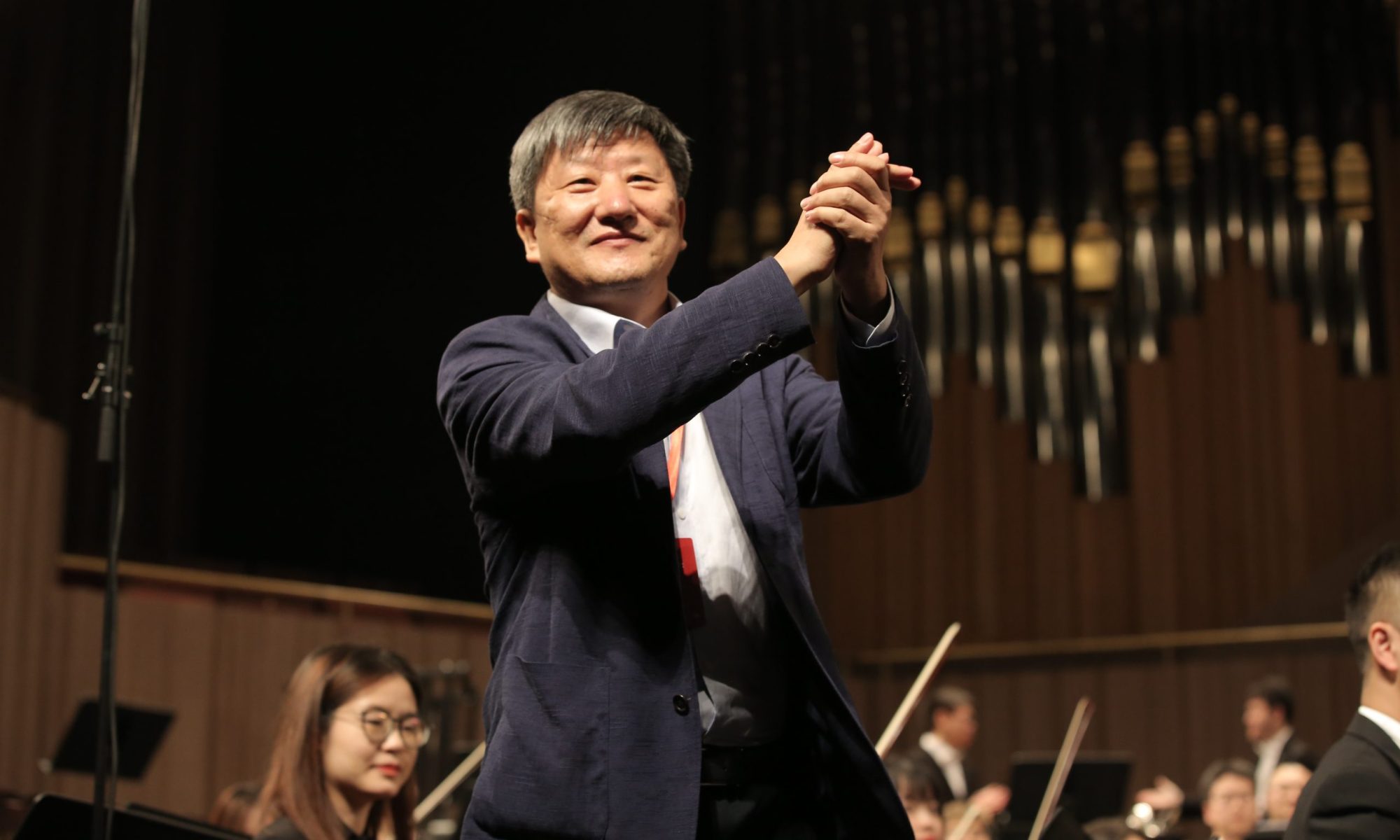“Silence“ (2005) – for the accordion, violin and cello
“若我独处静默,我能听见来自万物的歌唱,感觉到它们的舞蹈。从坚固的岩石到轻 盈的流云,万物都在歌唱。”
全曲由五个不间断演奏的段落组成:天边的天空、远在远方的风、黑夜从大地升起、 融入内在光芒的瞬间、升向天空的寂静。在这五个标题表现出的五幅画面中,有一种亲和 万物的佛教精神孕育于其中;从不变到万变,从无声到有声。
作曲家以单一化的音响形态为核心,通过多样化的变化发展方式使音乐不断的转化与 演变,以期达到获得丰富音响造型的可能性。弦乐泛音的大量使用,为乐曲增添神秘的色 彩。手风琴声部在这部作品中的作用尤为重要,多以其长音形式衬托弦乐器,同时亦是大 提琴与小提琴之间的桥梁。
首演于北京 2005 年 10 月 12 日中央音乐学院音乐厅索菲亚古柏杜丽娜经典作品音乐会 上,以大师作品形式委约创作。
手风琴:曹晓清
大提琴:朱亦兵
小提琴:梁大南
(If I’m alone with silence, I could hear singing from everything, dancing, feel them from solid rocks to light clouds, all things are singing.)
The whole piece is composed of five uninterrupted passages : the horizon of the sky , the wind far in the distance , the night of the earth , the moment into the inner light , up to the sky in silence. These headings show five pictures, with a kind Buddhist spirit in it, from constant to instant, from silent to vocal .
With a sound of a single form, the composer made this music unceasing transformed and evolved through the changing, in order to achieve the possibility of enriching the sound. String overtone extensively be used, which
makes the music much mysterious. Accordion is particularly important in this work, it supports the string instruments with long tone, and also be the bridge between cello and violin.
This is a commissioned work. Premiered at “Sofia Gubaidulina Classic Concert” in the concert hall of the Central Conservatory of Music in China, on October 12th, 2005.
Accordion: Cao Xiaoqing
Cello: Zhu Yibing
Violin: Liang Danan
